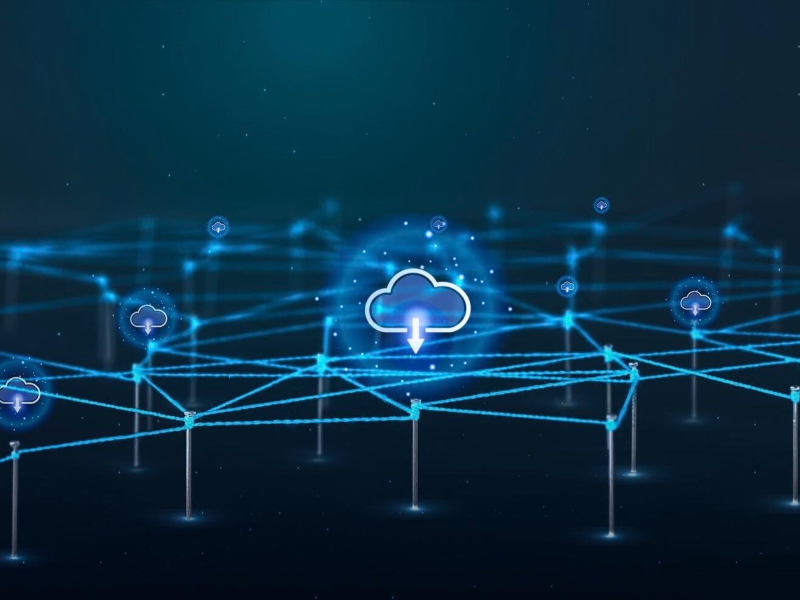- The use of the Internet of Things in conjunction with cloud technologies has become a kind of catalyst: the Internet of Things and cloud computing are now related to each other.
- Great innovation relates to the mutual use of the Internet of Things and cloud technologies. In combination, it will be possible to use powerful processing of sensory data streams and new monitoring services.
- The integration of IoT and cloud computing is revolutionising how businesses operate, offering unprecedented levels of connectivity, intelligence, and efficiency.
The integration of the Internet of Things (IoT) and cloud computing represents a powerful synergy that is driving innovation, efficiency, and new opportunities across various sectors. By combining the data-gathering capabilities of IoT with the scalability and processing power of cloud computing, businesses can achieve unprecedented levels of connectivity and intelligence.
Also read: How does cloud computing help IoT devices?
Internet of Things (IoT)
IoT refers to a network of interconnected devices that communicate and exchange data with each other. These devices range from everyday household items like smart thermostats and fridges to industrial machinery and complex health monitoring systems. The key aspect of IoT is the ability to collect vast amounts of data from these devices.
Cloud computing
Cloud computing involves delivering various services over the internet, including storage, processing power, and software applications. Instead of relying on local servers or personal computers, cloud computing uses remote servers hosted on the internet to manage data and applications.
Also read: IoT devices and the cloud: 5 steps to connect
Benefits and functions of IoT cloud
The integration of IoT and cloud computing creates a robust ecosystem where data generated by IoT devices can be efficiently stored, processed, and analysed in the cloud.
IoT Cloud Computing provides many connectivity options, implying large network access. People use a wide range of devices to gain access to cloud computing resources: mobile devices, tablets, laptops. This is convenient for users but creates the problem of the need for network access points.
Developers can use IoT cloud computing on-demand. In other words, it is a web service accessed without special permission or any help. The only requirement is Internet access. Based on the request, users can scale the service according to their needs. Fast and flexible means you can expand storage space, edit software settings, and work with the number of users. Due to this characteristic, it is possible to provide deep computing power and storage.
Cloud Computing implies the pooling of resources. It influences increased collaboration and builds close connections between users.As the number of IoT devices and automation in use grows, security concerns emerge. Cloud solutions provide companies with reliable authentication and encryption protocols.
Finally, IoT cloud computing is convenient because you get exactly as much from the service as you pay. This means that costs vary depending on use: the provider measures your usage statistics. A growing network of objects with IP addresses is needed to connect to the Internet and exchange data between the components of the network.

